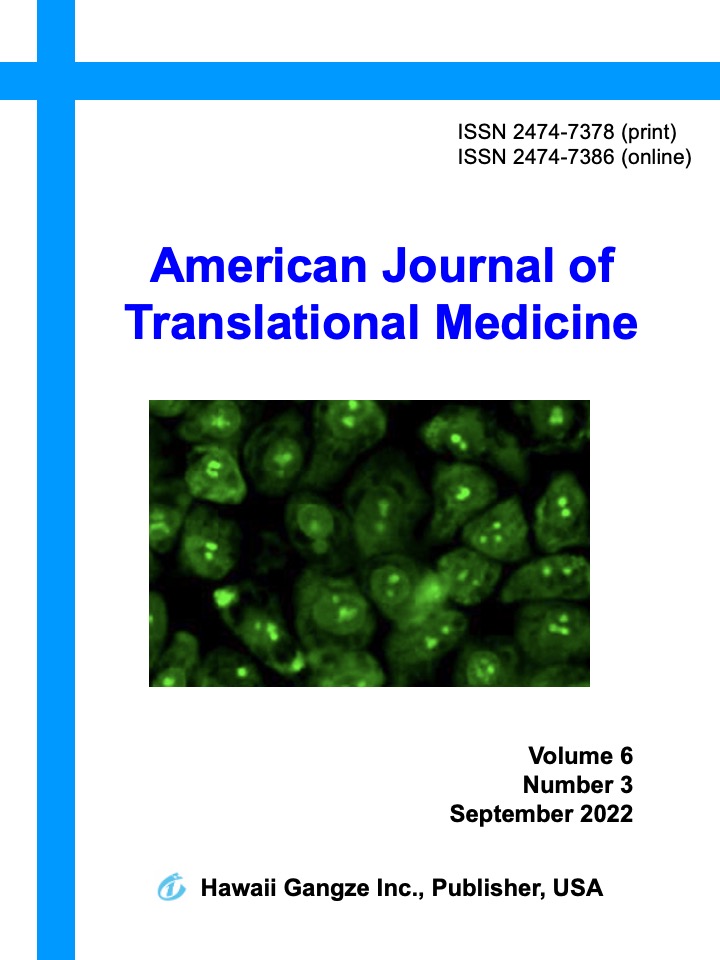Abstract
OBJECTIVES: Clinical studies have shown that Shengxuening (SXN) tablets are effective in treating renal anemia. However, its specific pharmacological mechanism remains unknown. This study used network pharmacology to identify SXN’s molecular mechanism in renal anemia. METHODS: SXN’s active ingredients and basic information were obtained from PubChem and Traditional Chinese Medicine Systems Pharmacology databases. Predicted SXN targets were obtained from the SwissTargetPrediction, TargetNet, and Uniprot databases. Predicted renal anemia targets were obtained from the GeneCards and Online Mendelian Inheritance in Man databases. The intersection between predicted SXN and renal anemia targets was identified using the online Venny, Harmonizome, and Human Protein Atlas tools. Target proteins were explored through the Gene Ontology (GO) and Kyoto Encyclopedia of Genes and Genomes (KEGG) pathway enrichment to explain the potential mechanism. RESULTS: The common predicted SXN and renal anemia targets were ATPase Na+/K+ transporting subunit alpha 1 (ATP1A1) and signal transducer and activator of transcription 3 (STAT3). Their GO analysis identified 12 processes, such as cell communication. Molecular function categories included protein, nucleotide, lipid, ion, nucleic acid, and chromatin binding and transporter and hydrolase activity. The largest pathway identified by their KEGG pathway analysis was the proximal tubule bicarbonate reclamation channel. Additionally, the STAT3 protein functional module target showed good binding properties when docking with SXN. CONCLUSION: This study identified SXN’s key targets and potential pathways in treating renal anemia to provide clinical guidance for its use and renal anemia treatment. (Am J Transl Med 2022. 6(3):124-136).

